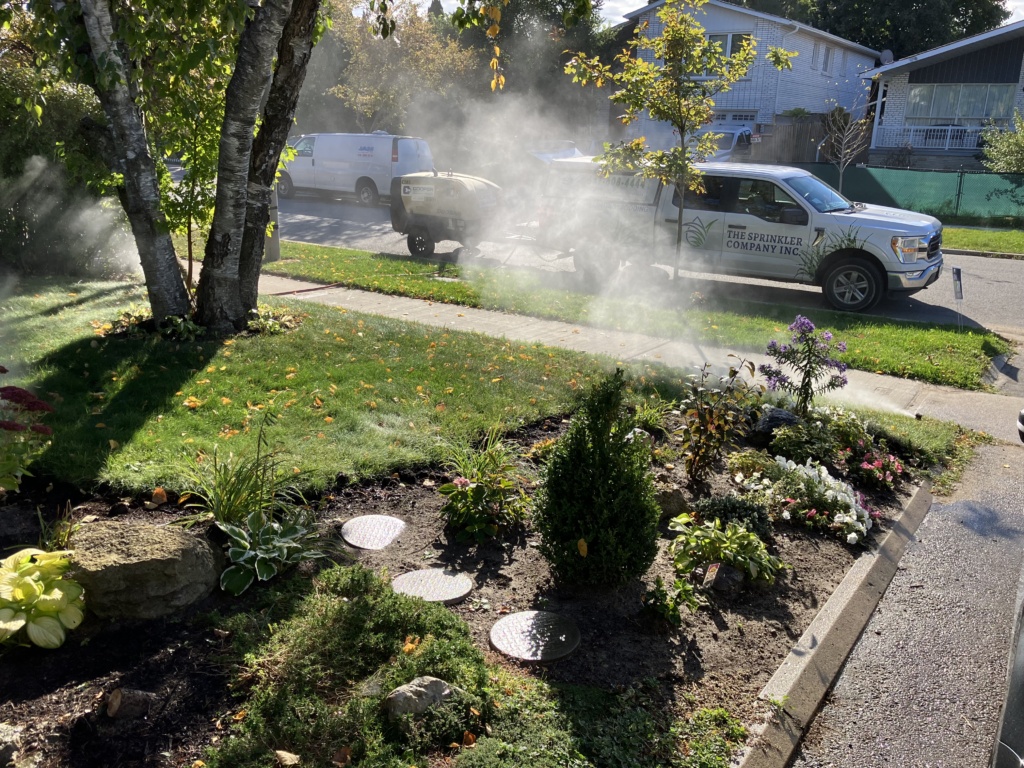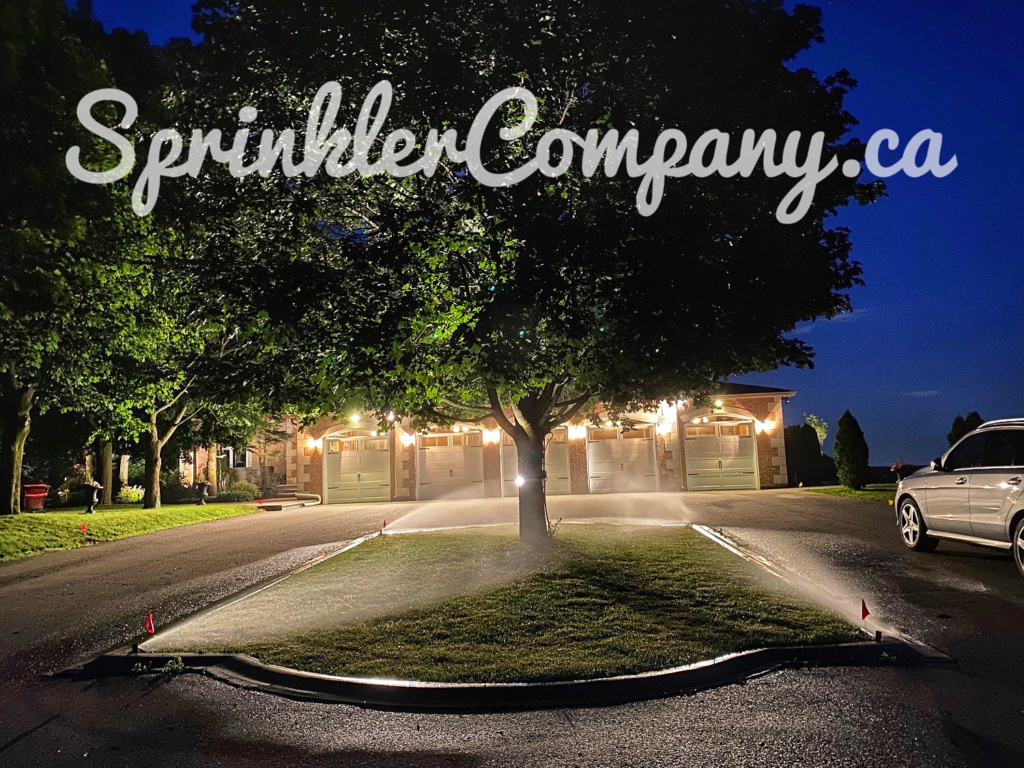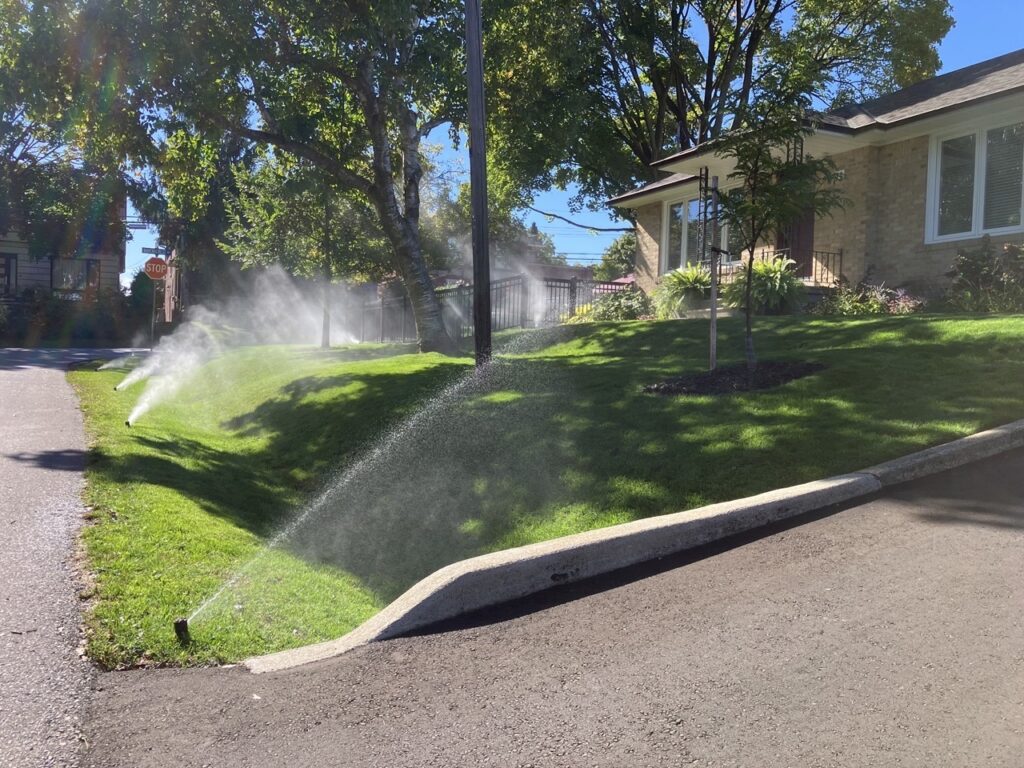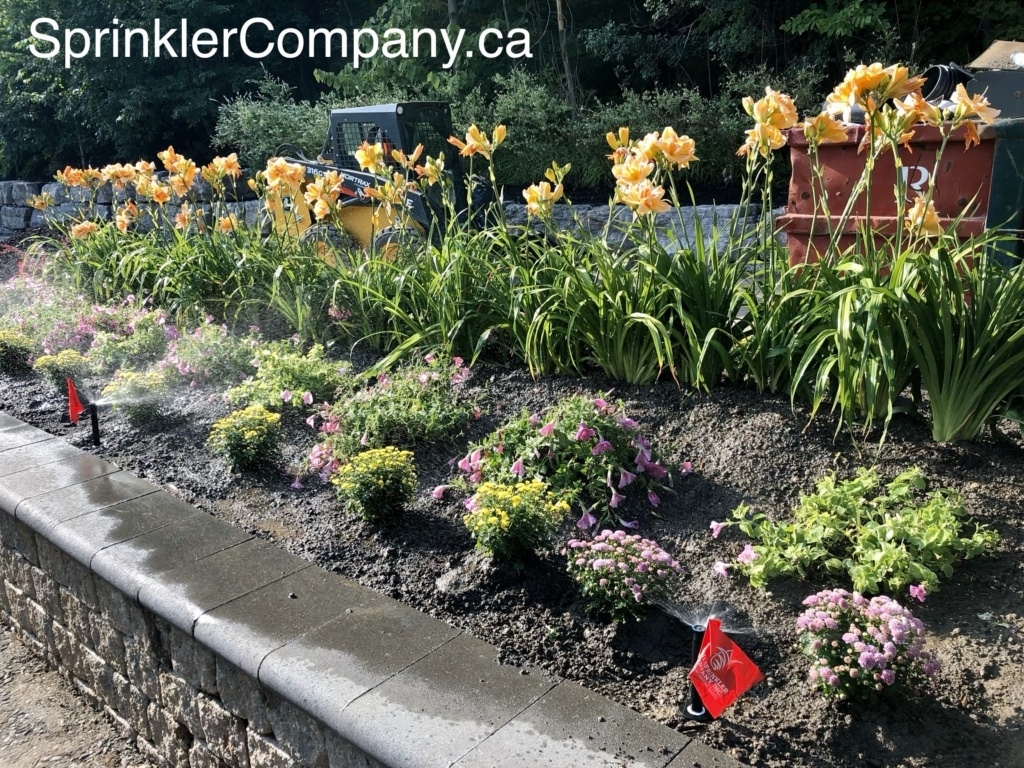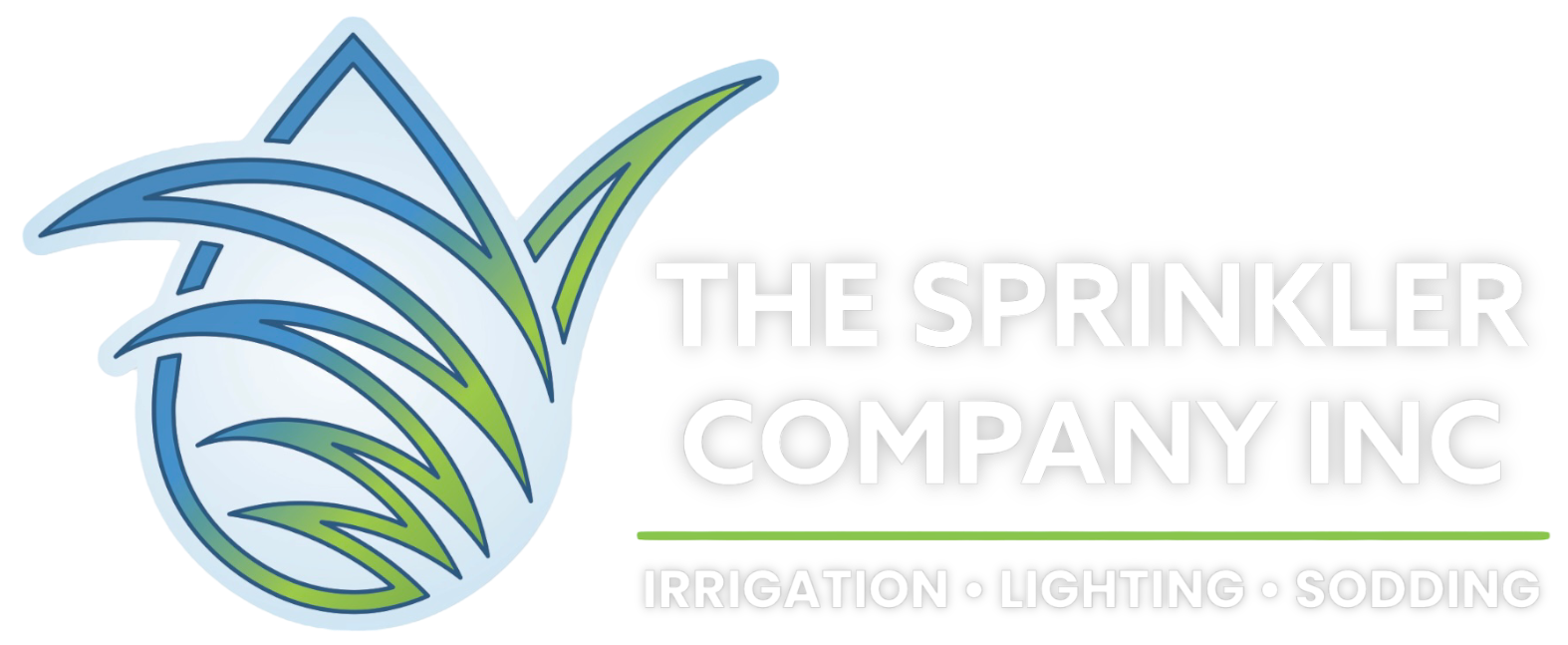Winter can be rough on your property’s irrigation system.
Water may have seeped in over the past few months, freezing and thawing, causing landscape damage.
Sprinkler heads can be clogged with debris. Your pump might need some attention after all these months.
Sprinkler heads are probably the most vulnerable part of your irrigation system. They are clogged with dirt and gas waste. They are beaten by lawnmowers, weed eaters, and snow plows. In winter, they may be buried or surrounded by debris.
If some holes are clogged, it means that too much water may get into some areas and not enough into others. This means an unhealthy landscape and a waste of water.
When carrying out a system start-up service, this is one of the main tasks - checking and testing all heads for any defects and possible replacement.
Our specialists conduct a complete inspection of the system, valves, and heads, and the presence of leaks and, if possible, repairs are carried out on-site.
Winterization prevents damage to the irrigation system by protecting it from freezing temperatures. When water freezes, it expands and can cause pipes, valves, and other components to crack or burst. By properly winterizing the system, you can avoid costly repairs or replacements.
Winterization extends the lifespan of your irrigation system. By removing water from the pipes and components before winter, you reduce the risk of corrosion and deterioration. This helps ensure that your system remains in good condition and functions optimally for years to come.
Winterization preserves water quality in your irrigation system. Standing water left in the pipes during winter can become stagnant and promote the growth of harmful bacteria or algae. Flushing out the water before freezing temperatures arrive helps maintain the integrity and cleanliness of your irrigation system.
Reason: Winterization saves energy by preventing unnecessary use of the irrigation system during the colder months. By shutting off and draining the system, you avoid running pumps and other equipment when water is not needed. This results in energy savings and reduced utility costs.
Winterization protects plants by preventing overwatering and frost damage. When the irrigation system is not properly winterized, it may continue to operate and deliver water to plants that are dormant or already receiving sufficient rainfall. This excess moisture can lead to root rot or promote disease. Winterization ensures that plants receive the appropriate amount of water and avoids potential harm.
Winterization prevents soil erosion caused by irrigation system malfunctions. If a pipe bursts or a valve leaks during freezing temperatures, water can flow onto your landscape uncontrollably. This excess water can erode the soil, wash away nutrients, and damage the overall health of your plants. Winterization safeguards against such issues, preserving the integrity of your soil.
Winterization facilitates an easier and more efficient spring start-up of your irrigation system. By properly winterizing and preparing the system for the colder months, you reduce the risk of complications or damage that may occur during the winter. This makes it easier to get the system up and running smoothly when spring arrives, saving you time and effort.
More About Sprinkler System Services
Installing an irrigation system is only part of a larger solution. Even if your system is installed by a professional team, like any equipment, an irrigation system needs proper sprinkler system services to maintain a long service life. It’s important to maintain your irrigation system to ensure that the system will work to optimal specifications.
Four Steps of Seasonal Start-Up
Press on the pictures bellow to read more
System Inspection
Thoroughly examine all components for leaks, damage, or clogs, ensuring the system is in good condition.
System Activation
Turn on the water supply and verify that water is flowing correctly through the pipes and sprinkler heads.
Calibration and Adjustment
Set appropriate watering schedules, adjust water pressure, and fine-tune sprinkler heads for optimal coverage and efficiency.
Testing and Monitoring
Run each zone to confirm proper sprinkler operation, check for even water distribution, and make final adjustments as needed.
Four Steps of Seasonal Winterization
Press on the pictures bellow to read more
System Inspection
Conduct a thorough inspection of the irrigation system to identify vulnerabilities and potential areas of concern.
Water Drainage
Properly drain the water from the system to prevent freezing, using methods such as blowing out the pipes or using drain valves.
Component Protection
Take measures to protect vulnerable components from winter damage, such as insulating pipes or removing and storing sprinkler heads.
System Shutdown
Shut off the water supply, close valves, and ensure all system components are properly turned off and secured for the winter season.
Winterizing an irrigation system is the most important part of sprinkler system services because it ensures that all of the water is out of the entire system, eliminating any opportunity for freeze damage.
In the northern climates where freezing temperatures are the norm, it is imperative that you winterize your irrigation system. If you choose not to, severe and critical damage to the system will occur and costly repairs will be necessary in order to resurrect the system sprinkler system services
Maintenance is seasonal and includes such sprinkler system services as the spring start-up and activation, summer check-up, and winter shut-down/blowout. We try to make maintenance quick and easy by offering a service contract for these services.
The service contract pre-schedules the services you wish to have, saves you money, and entitles you to discounts on repairs throughout the year. sprinkler system services
